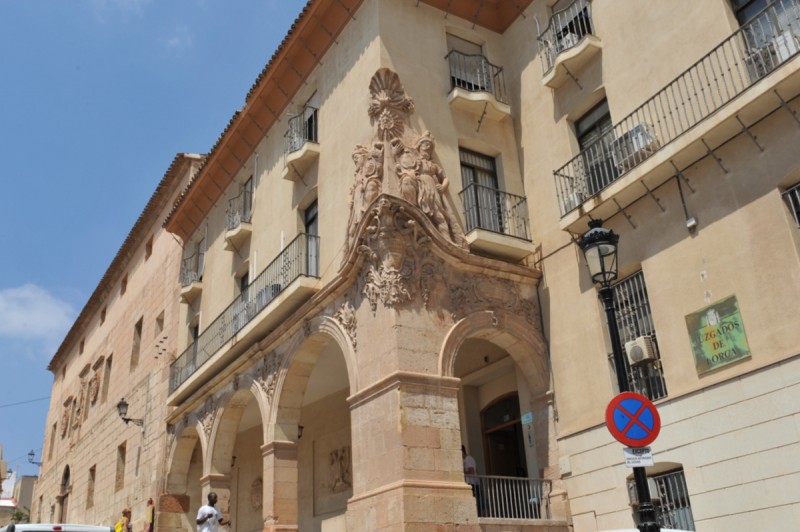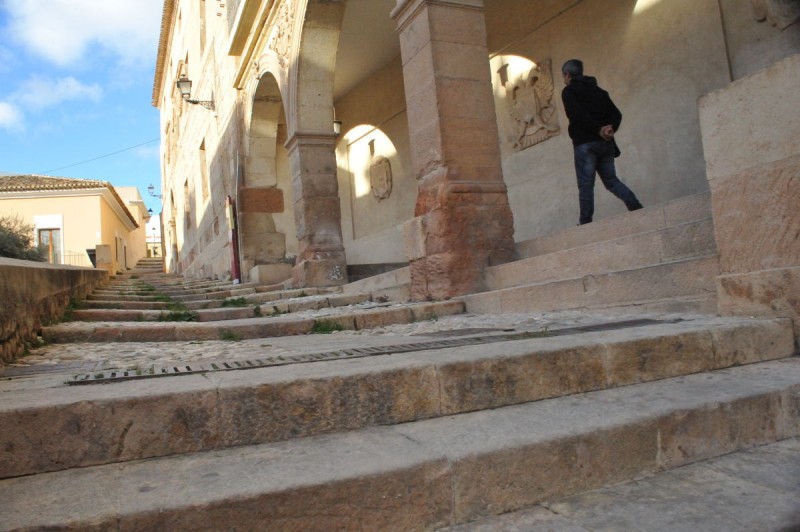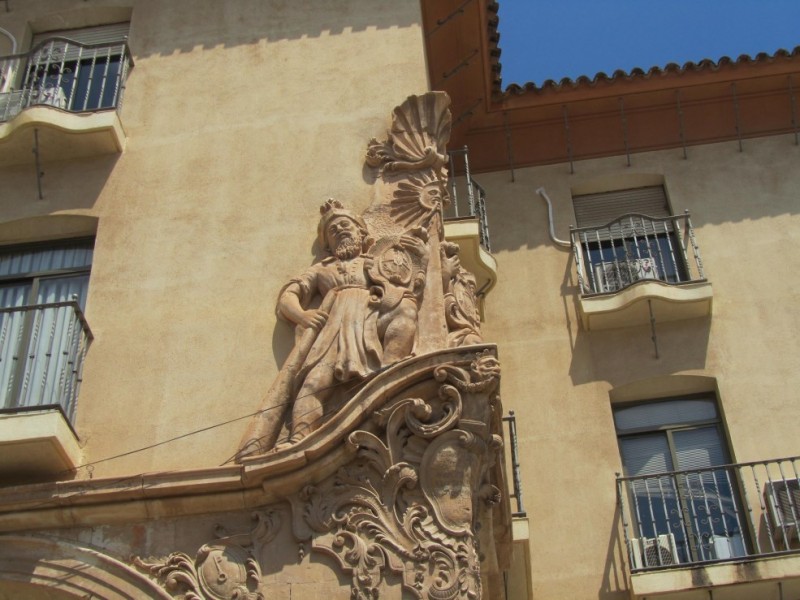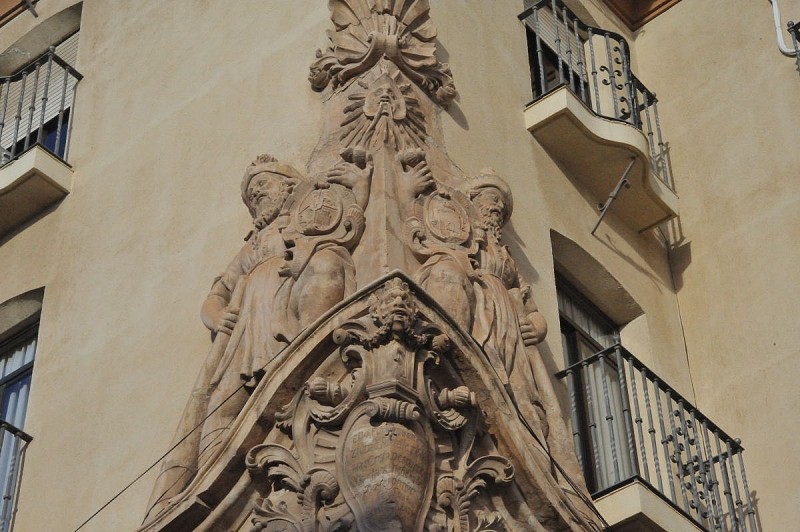

Guidelines for submitting articles to San Pedro del Pinatar Today
Hello, and thank you for choosing San Pedro del Pinatar.Today to publicise your organisation’s info or event.
San Pedro del Pinatar Today is a website set up by Murcia Today specifically for residents of the urbanisation in Southwest Murcia, providing news and information on what’s happening in the local area, which is the largest English-speaking expat area in the Region of Murcia.
When submitting text to be included on San Pedro del Pinatar Today, please abide by the following guidelines so we can upload your article as swiftly as possible:
Send an email to editor@spaintodayonline.com or contact@murciatoday.com
Attach the information in a Word Document or Google Doc
Include all relevant points, including:
Who is the organisation running the event?
Where is it happening?
When?
How much does it cost?
Is it necessary to book beforehand, or can people just show up on the day?
…but try not to exceed 300 words
Also attach a photo to illustrate your article, no more than 100kb

The Casa del Corregidor in Lorca
The former home of the Town Hall and the royal delegate to Lorca is next to the Town Hall
The Casa del Corregidor in Lorca was originally built as the seat of the city council (or “Concejo”), a purpose which it served until 1740. At that point it was ceded as home to the “Corregidor”, whose official role was to see that the laws of the Monarch were duly applied in Lorca, and it is therefore fitting that the building is now home to the local courts.
Construction of the original building began early in the 18th century, although from that time little remains apart from the attractive arcade on the ground floor and the large relief showing the figures of the princes Elio and Crota: it has been theorized that the Roman town of Eliocroca (now Lorca) was originally founded centuries before the arrival of the Romans by the Trojan prince Elio and his Greek counterpart Crota, and echoes of this idea are found in other versions: one talks of a Trojan named Elio-Urzues, while another specifies that “in the year 4018 after the creation of the world” Elio founded a city which he called Ilorci.

It has also been posited that the name of Eliocroca was a combination of the Greek words Helios (sun) and Kraton (government), a combination which would tie in nicely with the adopted nickname of “Ciudad del Sol”, or city of the sun.
The two princes carry the coats of arms of Lorca and the Spanish monarchy, and above them is a sun spitting two tongues of flame, reinforcing this latter theory.
See more about the background history of Lorca which can be read in three parts. Click for part one: Prehistoric Lorca

However, the building itself was demolished in the early 20th century to make way for a new eclectic edifice designed by Pedro Cerdán, before another more modern construction project was initiated in 1979. This is the building we see today, and it retains many of the architectural elements which were featured in its predecessors.
These features include the striking balcony with its wrought-iron railings and the ornate decorative stonework, much of which was the work of Juan de Uceta, who also created the ornate fountain in the centre of Totana which still bears his name.

The Casa del Corregidor stands in the Plaza del Caño, alongside the Municipal Archive of Lorca and next door to the current Casa Consistorial or Town Hall as well as almost directly opposite the former collegiate church of San Patricio which is one of the most important buildings in the city centre. During its history the former incarnations of the building were also used as a tax collection office, the municipal archive, the local headquarters of the Guardia Civil, the post office and various other organizations.
Click for more information about visiting Lorca, including what's on agenda, what to visit and tourist information: LORCA TODAY

